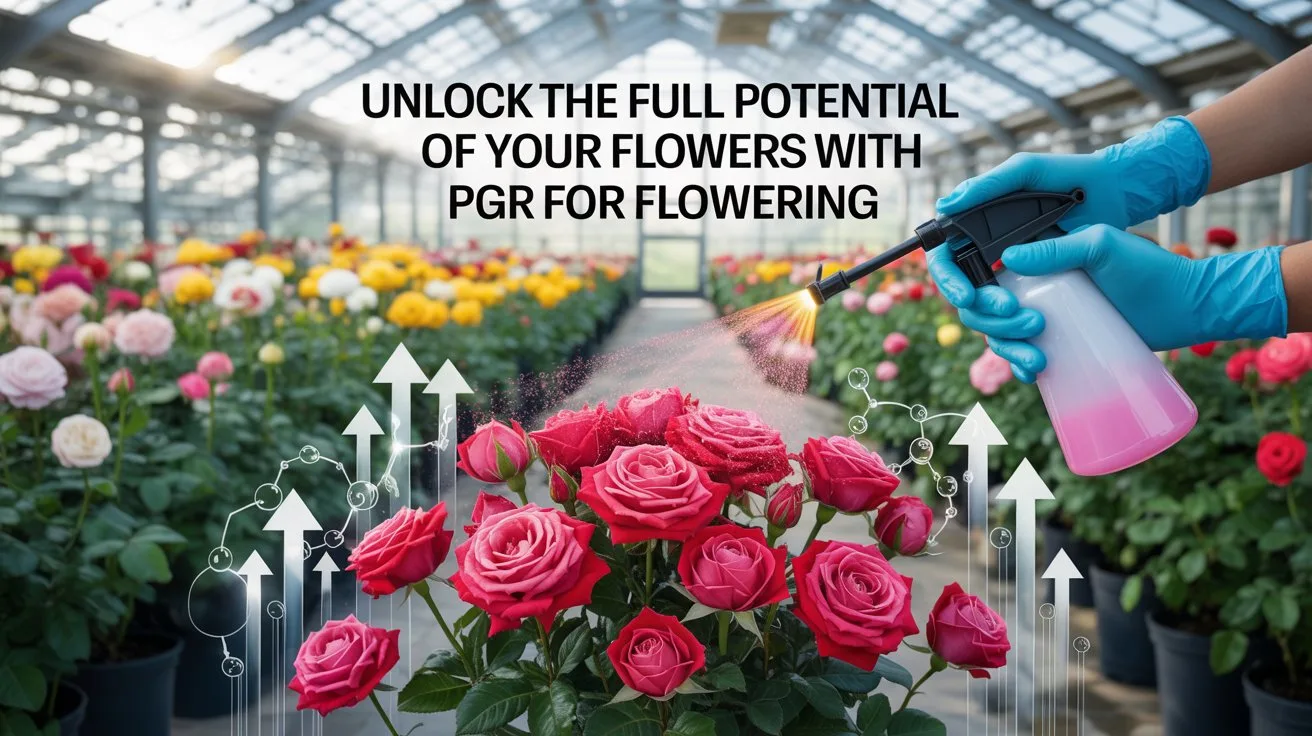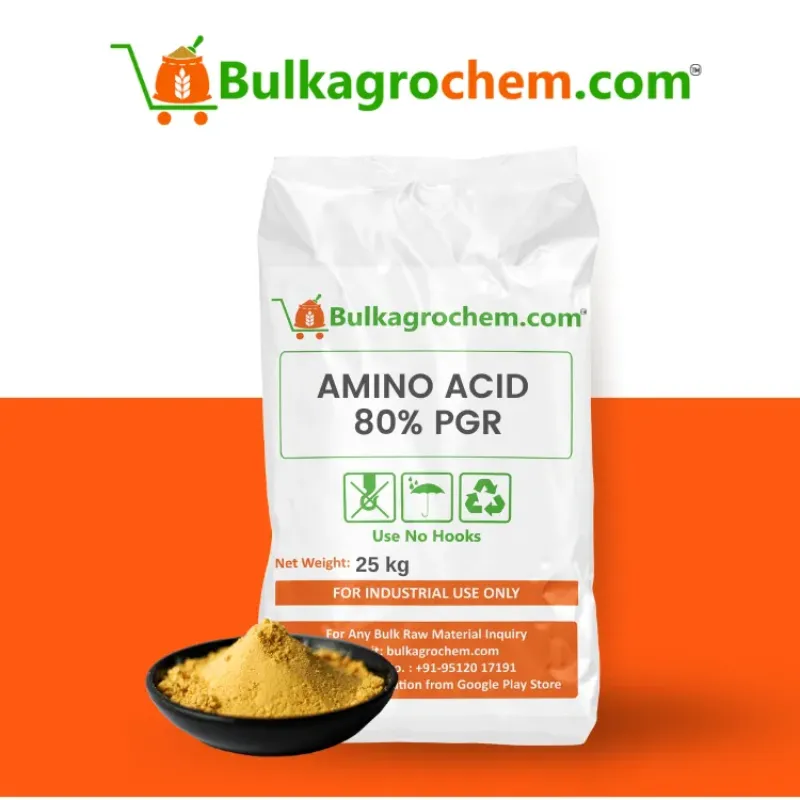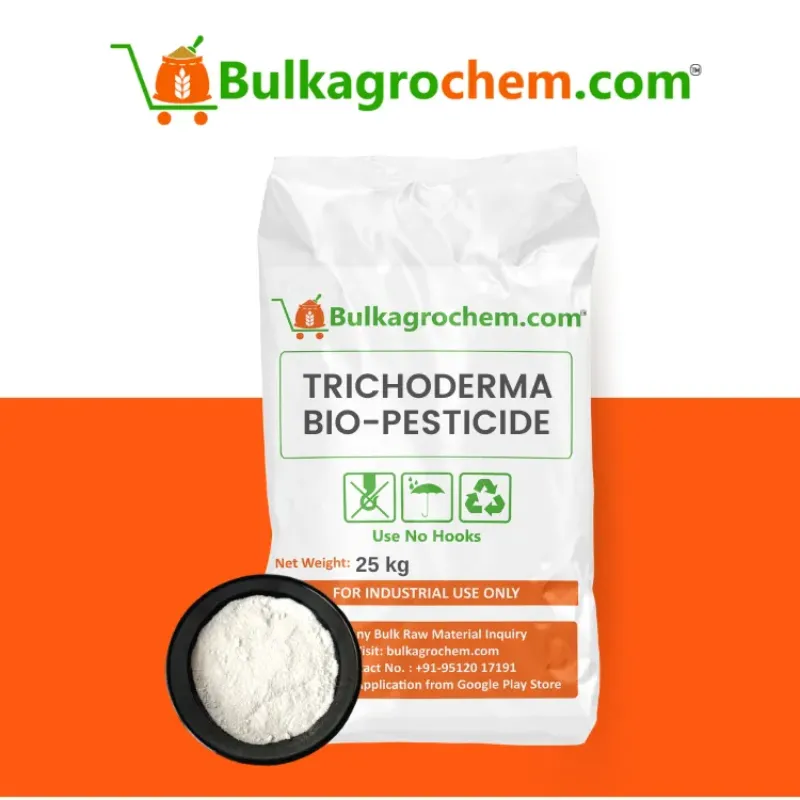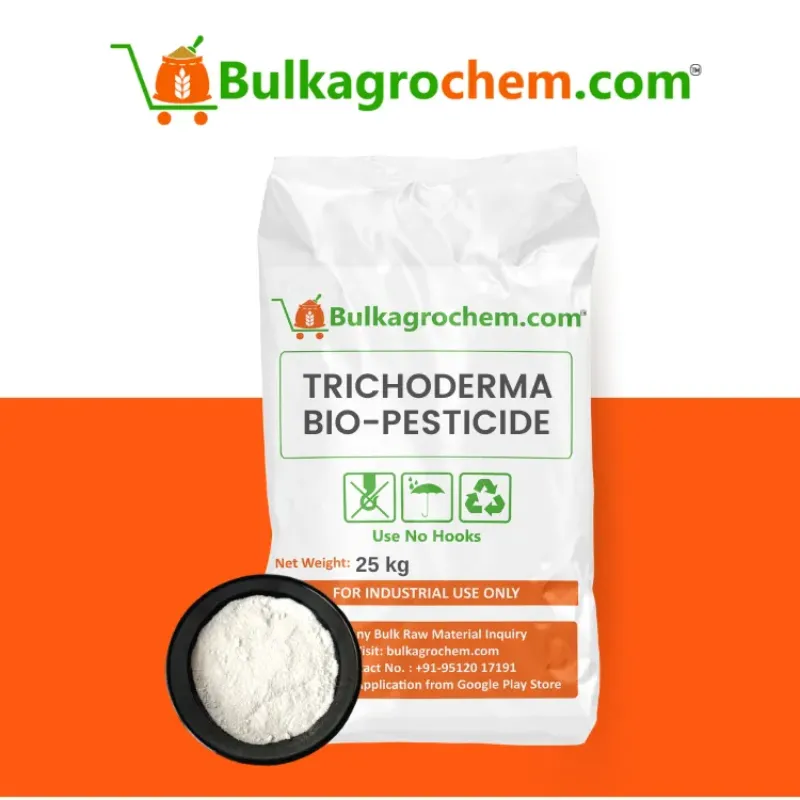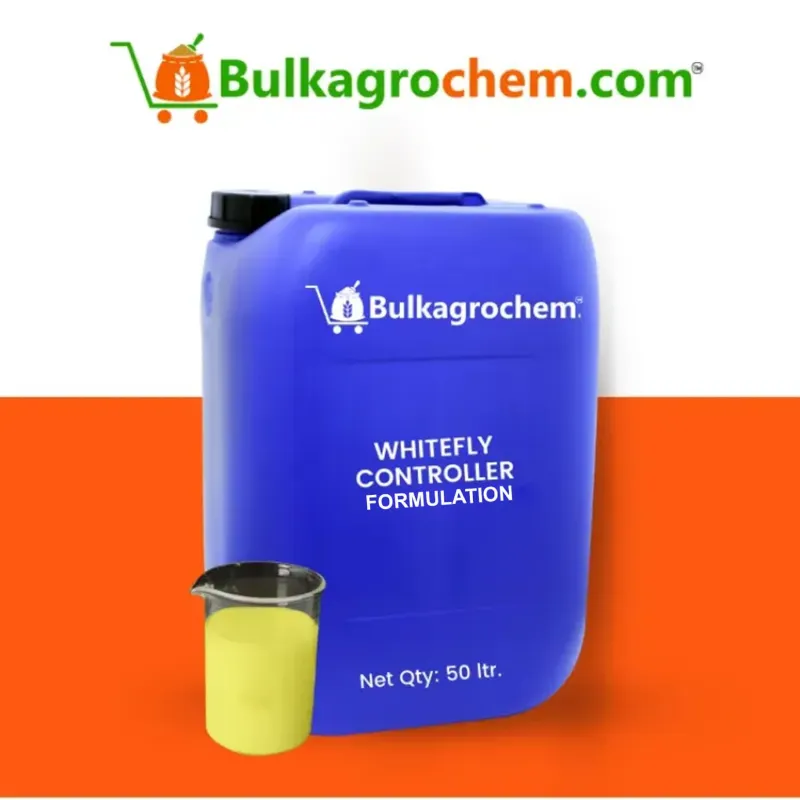Plant growth regulators (PGRs) are good tools to help promote flowering and increase bloom quality in your garden. PGR for flowering is works through the means of plant hormones to regulate floral productivity do the growth, development, and productivity of flowers. Whether you are growing roses, lotus or another type of ornamental plant, utilizing PGR fertilizers can promote flower developing times, produce larger flowers, and improve the overall health of blooming. PGR is capable of evoking a significant amount of aesthetic and health benefits and assists in promoting optimal growing conditions.
There are PGR designed specifically for certain plants like lotus and rose, and you must choose the right PGR. Lotus PGR will stimulate true healthy flower production, while rose PGR will improve the size, color, and life of your roses. This will not only improve the aesthetic appeal but will extend the amount of time that the flowers will bloom. Utilizing PGR for flowers to their full potential will give you flowers that are colorful and vigorous throughout the growing season.
Introduction: Why PGR for Flowering is Key to a Beautiful Garden
- By utilizing PGR for flowering, gardeners can bring out the best in their plants resulting in the healthiest and most vibrant blooms possible.
- PGR that affects flowering can change the hormonal balance of a plant, which will change the plant's blooms to create a higher quality flower.
- PGR for flowering will aid in lengthening blooms and let your plants continue to flower longer.
Utilizing PGR assists in the health of plants and can provide stronger stems, larger flowers, and more consistent flowers.
How PGR for Flowering Enhances Your Plants
- Increased Flower Size - PGR will produce larger and stronger flowers which enhances the aesthetics of your overall garden.
- Increased flower color and uniformity - PGR decreases the level of auxins and gibberellins and promotes broodiness in flowers so that not only will flowers be larger, they will be more colorful.
- Increased flowering period - PGR slow the senescence of flowers allowing them to last longer and produce a higher consistency through the growing season.
When you use a PGR for flowering you will provide your plants with the optimal hormonal environment for flowering to occur. You will end up with plants that produce healthier and stronger flowers which will benefit your garden's visuals and productivity.
PGR Fertilizer’s Role in Boosting Flower Production
- Boosts Nutrient Uptake: PGR fertilizer enhances the absorption of essential nutrients by plants, which is vital for flower production.
- Supports Balanced Growth: The combination of fertilizers and PGRs promotes balanced plant growth, preventing the plant from allocating too much energy toward foliage growth at the expense of flowers.
- Improves Flowering Consistency: PGR fertilizers regulate flowering times, ensuring a more consistent and uniform bloom across all your plants.
By adding PGR fertilizer to your gardening regimen, you not only supply plants with essential nutrients but also stimulate their natural growth processes, ensuring a bountiful and beautiful flowering season.
Lotus PGR: Special Considerations for Lotus Growth
- Optimized Flowering Cycles: Lotus plants require a very specific set of environmental conditions to bloom. Lotus PGR helps regulate flowering cycles and ensures the flowers are more robust and vibrant.
- Stress Resistance: Lotus plants are sensitive to changes in water quality, temperature, and nutrients. Using PGR for lotus helps mitigate the impact of these stressors, allowing plants to thrive even in challenging conditions.
- Enhanced Flower Size and Quality: With the right Lotus PGR, you can encourage larger, more attractive blooms that last longer and make a bigger visual impact.
The Science Behind PGR for Flowering: How Plant Growth Regulators Work
- Hormonal Regulation: PGR for flowering helps control the plant hormones like auxins, cytokinins, and gibberellins, which are essential for cell elongation, flowering, and fruiting.
- Stimulation of Flowering Process: By influencing these hormones, PGRs stimulate the processes that lead to flower initiation and development, ensuring a consistent bloom cycle.
- Optimized Nutrient Allocation: PGRs also ensure that energy is directed towards flower production, rather than excessive leaf or root growth, enhancing the overall bloom quality.
How PGRs Influence Plant Hormones for Better Flowering
- Promoting Flower Bud Formation: PGRs boost the production of auxins and cytokinins, leading to the formation of more flower buds.
- Improved Flowering Consistency: By balancing plant hormones, PGRs provide consistent flowering across different plant varieties.
- Flower Longevity: PGRs regulate flower senescence, helping flowers last longer and stay vibrant, enhancing the overall aesthetic appeal of the garden.
By influencing hormonal levels, PGR for flowering directly impacts plant growth, ensuring flowers are healthier, more vibrant, and long-lasting. This balance promotes the plants’ ability to bloom more efficiently and evenly.
Rose PGR: Promoting Healthier and More Vibrant Roses
- Targeted Growth Enhancement: Rose PGR specifically helps roses by promoting larger, more uniform flowers and boosting the overall plant health.
- Flowering Consistency: PGRs used in roses help control the timing of flower formation, ensuring that blooms are produced throughout the growing season.
- Disease Resistance: The use of rose PGR enhances the plant’s natural resistance to pests and diseases, contributing to healthier roses.
The Role of PGR Fertilizer in Flower Development
- Maximizing Nutrient Uptake: PGR fertilizer helps plants absorb essential nutrients more efficiently, which are crucial for the healthy development of flowers.
- Enhanced Flower Production: By using PGR fertilizer, plants receive a balanced supply of nutrients, encouraging them to produce more flowers and larger blooms.
- Regulating Growth Patterns: PGR fertilizers help control plant growth, ensuring that plants don't allocate too much energy toward foliage growth, but instead focus on flower development.
Choosing the Right PGR for Flowering Plants: Selecting the Best Products for Your Garden
- Understand Your Plant's Needs: Choosing the right PGR for flowering depends on your plant’s specific needs. Consider factors like growth stage, environmental conditions, and the desired effect on flowering.
- Select PGRs Based on Flower Type: Some plants need a boost in flower initiation, while others may benefit from stronger blooms or prolonged flowering. Understanding these needs will guide you toward the right product.
- Research Ingredients: Different PGRs have varied active ingredients like auxins, gibberellins, and cytokinins. Research the product to ensure it contains the right mix for your plant type.
PGR Fertilizers for Vibrant Flowers
- Nutrient-Rich Formulation: PGR fertilizers combine plant growth regulators with essential nutrients to support balanced plant growth and healthy flowering. These fertilizers ensure plants receive the right nutrients for optimal flower production.
- Boosting Flowering Rates: By providing nutrients and regulating plant growth, PGR fertilizers stimulate the plant to produce more flowers over a longer period, ensuring a vibrant and full bloom display.
- Efficient Fertilization: PGR fertilizers are specially formulated to enhance nutrient uptake and utilization, meaning your flowers get what they need when they need it for faster and more vibrant blooms.
Best PGR for Lotus Plants: Boosting the Beauty of Your Lotus Blooms
- Lotus-Specific PGRs: The best PGR for lotus helps stimulate flower production by regulating hormones, especially auxins and cytokinins, leading to larger and more vibrant blooms.
- Promote Healthy Growth: Applying PGR for lotus ensures a steady growth cycle, providing a more balanced plant that can focus its energy on producing beautiful, long-lasting flowers.
- Timing and Dosage: The key to success in using lotus PGR is applying it at the right stage of growth. Typically, PGRs should be applied when buds are starting to form to boost flower size and ensure a healthy bloom.
Rose PGR: Enhance Your Rose Blooming with the Right Products
- Rose-Specific Growth Regulators: Rose PGRs are designed to encourage large, vibrant blooms by balancing the hormonal processes responsible for flower size, color, and longevity.
- Enhanced Flower Longevity: The right rose PGR can extend the blooming period, allowing roses to stay fresh and beautiful for longer periods, improving garden aesthetics.
- Targeted Application: Timing and correct dosage are crucial in applying rose PGR. It should be applied when the plants are beginning to show signs of blooming to help achieve the best results.
How to Apply PGR for Flowering Plants Effectively
When using PGRs for flowering, application method and timing are critical to maximizing their effectiveness. The key to success lies in proper dosage, application technique, and timing. Here are some essential tips:
- Determine Plant Needs: Identify the specific flowering stage your plants are in and apply PGRs accordingly. Early blooming plants may need more focus on flower initiation, while established blooms benefit from sustained growth stimulation.
- Correct Dosage: Overuse or underuse of PGRs can harm plant health. Always adhere to recommended dosages on the product label. A little goes a long way in improving flowering performance.
- Monitor Effects: Observe the plants closely after application. If the results are not as expected, adjust the application timing or dosage.
PGR Application Methods: Foliar vs. Soil Applications
Both foliar and soil applications of PGRs have their advantages depending on plant needs and the desired outcome. Here's a comparison of both methods:
- Foliar Application: This method involves spraying PGRs directly onto the leaves, where they are quickly absorbed through the stomata. Foliar applications are ideal for fast effects, such as boosting flower size and color.
- Advantages: Fast absorption, quicker results, targeted nutrient delivery.
- Disadvantages: Risk of leaf burn if applied excessively, needs more frequent application.
- Soil Application: This method delivers PGRs directly to the roots via irrigation or soil treatments. It’s ideal for promoting overall plant growth and strengthening root systems.
- Advantages: Sustained effect, promotes root development, reduces plant stress.
- Disadvantages: Slower response time, can be less precise.
Timing and Dosage of PGR Fertilizer for Optimal Flowering
Proper timing and dosage of PGR fertilizer are critical to ensuring optimal flower production. Here’s how you can maximize the effectiveness of your PGR application:
- Timing: For plants like roses or lotus, applying PGRs during the bud initiation phase will enhance the flowering process. During the flowering period, apply PGRs again to maintain the size and color of the blooms.
- Dosage: Apply PGR fertilizers at recommended rates. Over-fertilization can lead to excessive vegetative growth, which may hinder flower production. A balanced approach is necessary for healthy, blooming plants.
PGR Fertilizer Combinations for Enhanced Results
Using PGR fertilizers in combination with other growth enhancers can significantly improve flower production. Here are some combinations to consider for enhanced results:
- PGR + Micronutrients: Combine PGR with micronutrient-rich fertilizers to ensure that the plants not only receive hormonal regulation but also the vital nutrients needed for robust flower growth.
- PGR + Organic Fertilizer: Organic fertilizers paired with PGRs can boost plant health and flowering. Organic fertilizers enhance soil health, making it easier for PGRs to be absorbed by the plant.
- PGR + Humic Acids: Humic acids help plants absorb nutrients more effectively. Combining them with PGRs can increase flowering intensity by providing a more robust nutrient uptake system.
Pitfalls to Avoid: Common Mistakes When Using PGRs for Flowering
Using PGRs for flowering can significantly boost plant health and bloom quality, but there are some common mistakes gardeners often make. Avoiding these pitfalls can ensure that your plants thrive and produce vibrant flowers. Here are the key mistakes to watch out for:
Overuse of PGR Fertilizers and Their Side Effects
Using too much PGR fertilizer is a common mistake in gardening. While these products can boost flowering and growth, excess use can lead to significant issues for your plants.
- Growth Imbalance: Overuse can cause plants to grow too tall or too bushy without the desired flowering results. This growth imbalance can divert energy from flowering to unnecessary vegetative growth, leading to poor bloom quality.
- Nutrient Imbalance: PGR fertilizers should work in tandem with other nutrients. Over-application can throw off the delicate balance of nutrients in the soil, resulting in deficiencies or toxicities that can harm plant health.
- Stress: Excessive use of growth regulators can lead to stress on the plant, making it more susceptible to disease or pests, and diminishing overall plant health.
Mistiming PGR Application for Flowers
Timing is critical when it comes to PGR for flowering. Misapplying these regulators can hinder the flowering process and produce subpar results.
- Early Application: Applying PGRs too early in the growth cycle can cause an overdevelopment of the vegetative phase, leaving less energy for flowering. It can also cause delayed flowering or smaller blooms.
- Late Application: Conversely, applying PGRs too late may not provide enough time for the plant to adjust and produce the best quality flowers. The regulator’s effects may be diminished by the time the plant is in full bloom.
Choosing the Wrong PGR for Lotus or Rose Plants
Different flowering plants have different needs when it comes to PGRs. For example, lotus plants and roses each require specific growth regulators to thrive.
- Lotus Plants: Lotus plants thrive in water and require a PGR that promotes aquatic growth and large flower blooms. Using a standard PGR intended for non-aquatic plants could hinder their development or lead to poor bloom quality.
- Roses: Roses, on the other hand, require PGRs that focus on enhancing flower size, color, and fragrance. A PGR meant for a different type of flowering plant might not effectively promote these qualities in roses.
FAQs:
Q1. What is the best PGR for flowering plants?
The best PGR for flowering plants varies depending on the type of flower, but common options include auxins, gibberellins, and cytokinins, which promote blooming, enhance size, and improve flower quality.
Q2. How does PGR fertilizer benefit flowering plants?
PGR fertilizer enhances flower production, improves bloom size and color, boosts plant health, and accelerates the blooming process by regulating plant hormones.
Q3. Can I use PGR fertilizer with organic gardening?
Yes, you can use PGR fertilizers in organic gardening, but it's important to choose natural or organic-approved growth regulators that comply with organic farming standards.
Q4. When is the best time to apply PGR for flowers?
The best time to apply PGR for flowers is during the early blooming or bud initiation stage to ensure optimal flower growth and development.
Q5. How can PGRs help with lotus plant flowering?
PGRs for lotus plants help promote robust growth, encourage larger and more vibrant flowers, and improve the plant’s overall health and resilience in aquatic environments.
Q6. Can PGRs enhance rose flowering?
Yes, rose PGRs stimulate the production of larger blooms, improve color intensity, and enhance overall flower quality, resulting in better rose production.
Q7. Are there risks of using PGRs on flowering plants?
Overuse or improper application of PGRs can stress plants, cause abnormal growth patterns, or reduce flower quality. Always follow recommended dosages and timing to avoid these risks.
Conclusion: Enhance Your Flowering Plants with PGR for Stunning Results
Incorporating PGRs for flowering in your gardening routine can significantly improve the health and vibrancy of your plants. By understanding the benefits of PGR fertilizers, you can boost flower size, color, and overall growth. The use of PGRs, like rose PGR or lotus PGR, can also help target specific growth needs for each type of plant, ensuring that your garden flourishes throughout the season.
Remember to follow proper application techniques, such as foliar or soil application methods, and always use the right dosage for the best results. With the right PGR for flowering, you’ll be able to enjoy stunning blooms that elevate the beauty and health of your garden. Take advantage of this powerful tool and watch your flowers thrive like never before!

